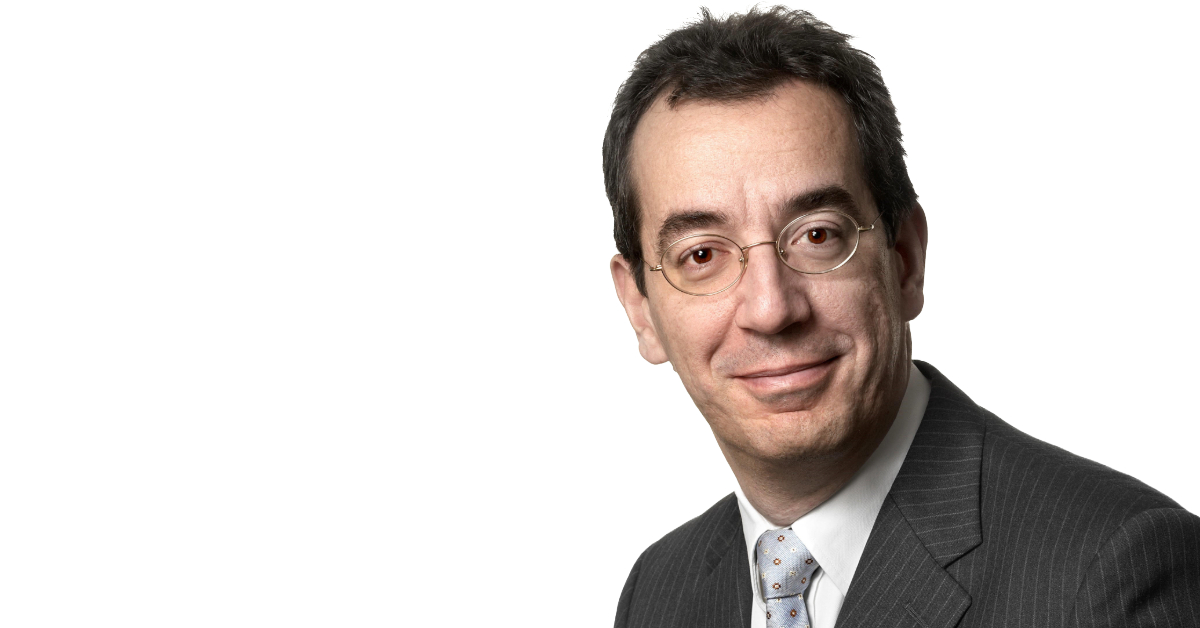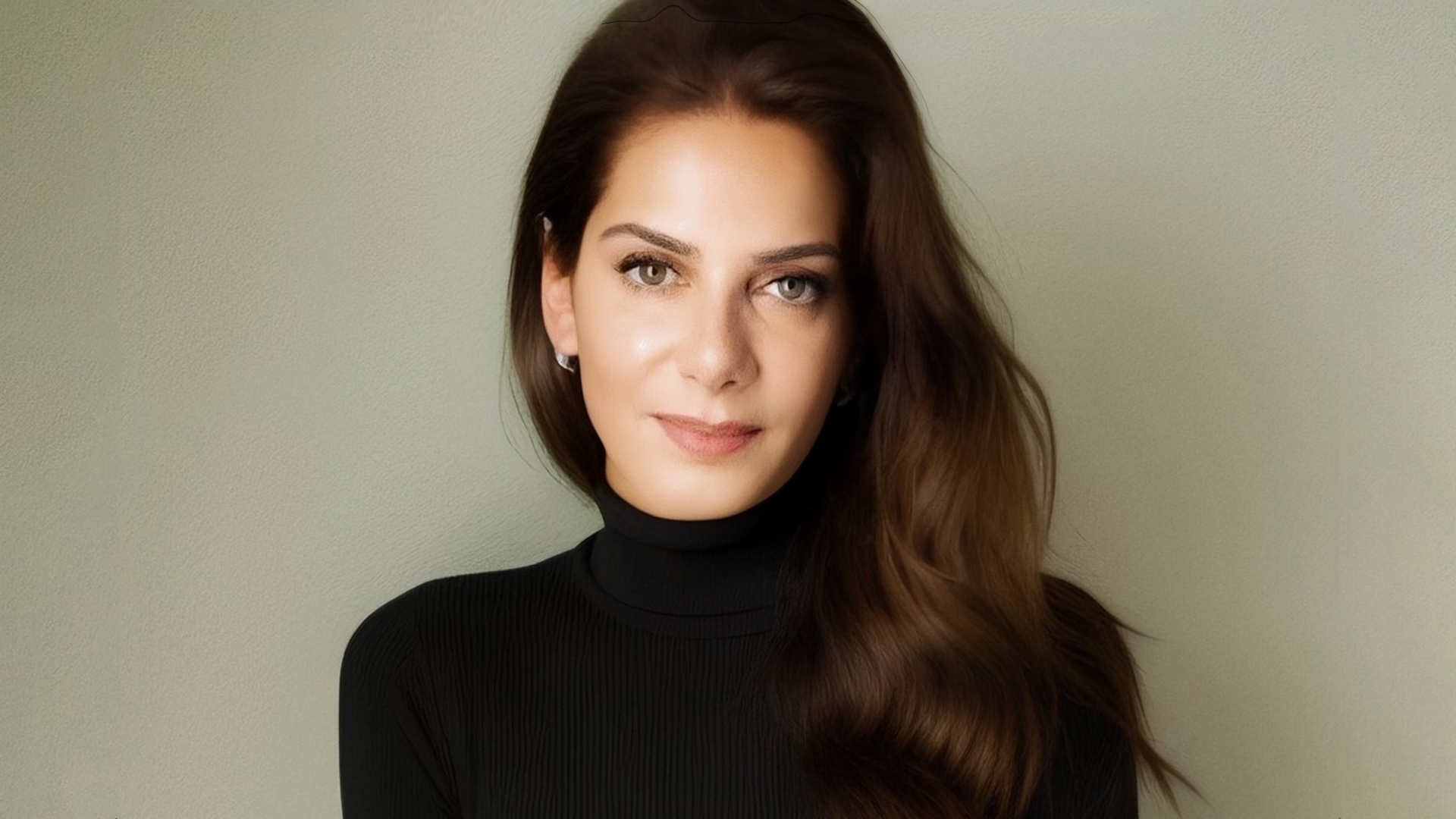
The importance of sustainability in the modern luxury industry is re-highlighted by PPR, Chanel and Giorgio Armani
The importance of sustainability in the modern luxury industry is re-highlighted by PPR, Chanel and Giorgio Armani
Following the recent success of the Sustainability Forum in Lausanne, and the announcement of strategic and philanthropic commitments to the environment by key luxury players, the industry is somewhat re-focusing on the longevity of the planet and their business.
Chanel announced the launch of their Winted software, developed alongside Evea, for the use of packaging companies operating in the cosmetic market, to help implement eco-design practices and facilitate the development of more environmentally friendly solutions. Michel Dupuis, director of purchasing and packaging development strategy, explained to Premium Beauty News that the initiative was born from a 2007 evaluation of the division’s carbon footprint, where it was revealed that “products packaging represented half our emissions." Which was then “followed by such items as logistics/shipping/freight and just after by the transport of people” after purchase.
The program “offers both a technical approach on design and an overall view of results obtained through innovations and packaging enhancements. It helps better understand the origin of environmental impacts and presents areas of improvement. It addresses eco-design issues throughout the whole development process.” In an uncharacteristic move for a luxury brand, the technology is available for free for the entire industry, in keeping with the greater-good nature of the project: “It appeared normal to us to make this tool available for everyone, knowing that it was an immediate and practical contribution that our group could bring to this great global cause which is the preservation of our environment.”

PPR CEO Francois-Henri Pinault
Also in France, PPR and in-so-facto the Gucci Group, announced a €10 million per year sustainability initiative titled PPR Home, described by CEO Francois-Henri Pinault as the “group’s contribution to a better world, by developing innovative and sustainable initiatives for our different economic models that rely on our creativity and our imagination in order to influence our lifestyles and inspire others to follow us in the long term.”
According to WWD, the group will launch a ‘Creative Sustainability Lab’ in partnership with Cradle to Cradle, focusing on developing products and retail pilots that integrate and apply objectives such as environmental and social concerns for PPR’s luxury labels. PPR also announced the intention to completely offset carbon dioxide emissions generated in 2010 by PPR’s luxury group, Puma and PPR’s headquarters, evaluated at 98,729 tons, through the purchase of carbon credits from San Francisco-based company Wildlife Works’ Reduced Emissions from Deforestation and Degradation (REDD) offsetting project in Kenya.
The group also announced the upcoming publication of what it claims to be the world’s first environmental profit and loss statement for Puma, as a first step in evaluating the full environmental impact of its entire activities and suppliers. Newly appointed PPR chief sustainability officer, Jochen Zeitz, told WWD that PPR Home will employ approximately 15 people full time, alongside consultants, with the first targets and outcomes to be announced in October.
Finally, Giorgio Armani turned his focus on World Water Day on March 22nd, to announce his partnership with Geneva based Green Cross International with a goal to promote clean drinking water for people in need. In an industry prone to significant levels of water wastage, in the production, coloration and treatment of fabrics, the International Business Times noted “a dramatic change in the way materials are being used for crafting designer clothes and accessories.
Ancient concepts of eco-friendly textile being shapeless and ill fitting are gone with designers finding increasing interest in materials like sea leather and fine organic wovens. Environment-conscious fashion shows like Future Fashion and the Portland Fashion Week provide fashion enthusiasts a unique opportunity to be thrilled by sustainable creations from the likes of Versace, Bottega Veneta and Givenchy.”
Alexander Likhotal, President of Green Cross International, spoke of the partnership: “This is not another ‘feel good’ campaign but a practical step to help make the Right to Water a reality”. For every bottle of Acqua Di Giò and Acqua Di Gioia sold, Armani will provide 100 litres of clean drinking water per year to children and their communities, raising consumer awareness through the Acqua For Life campaign.










